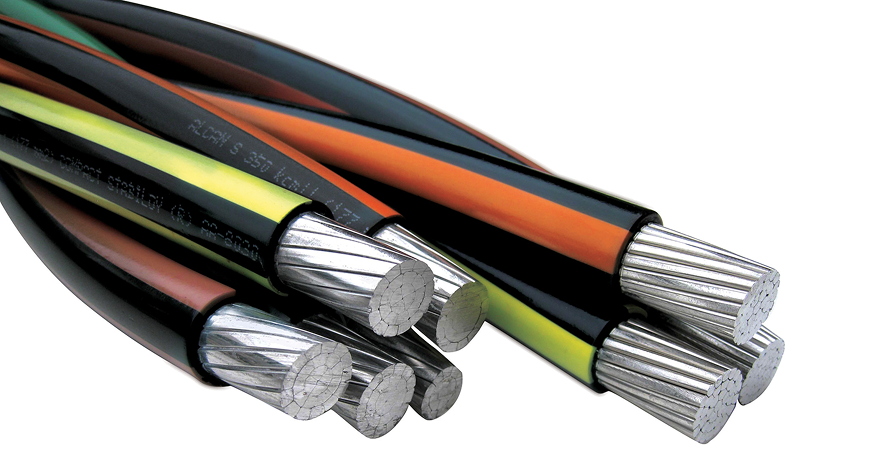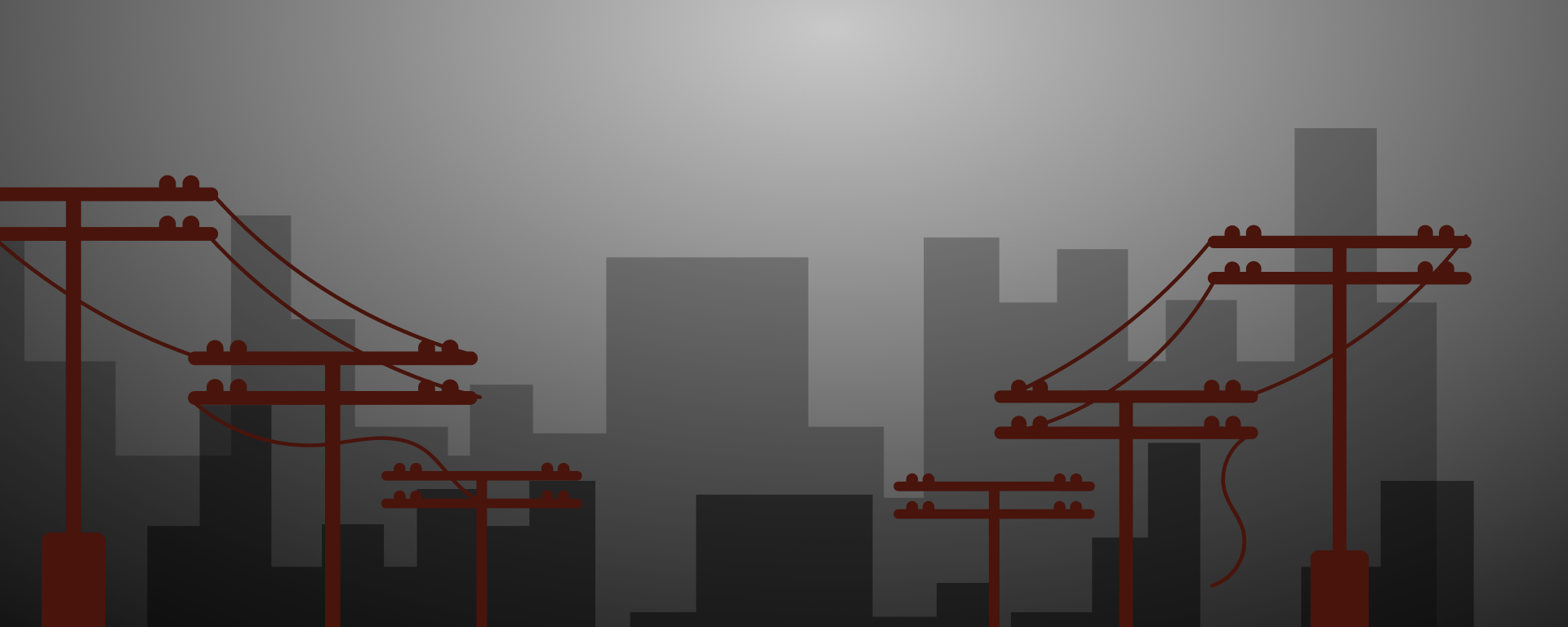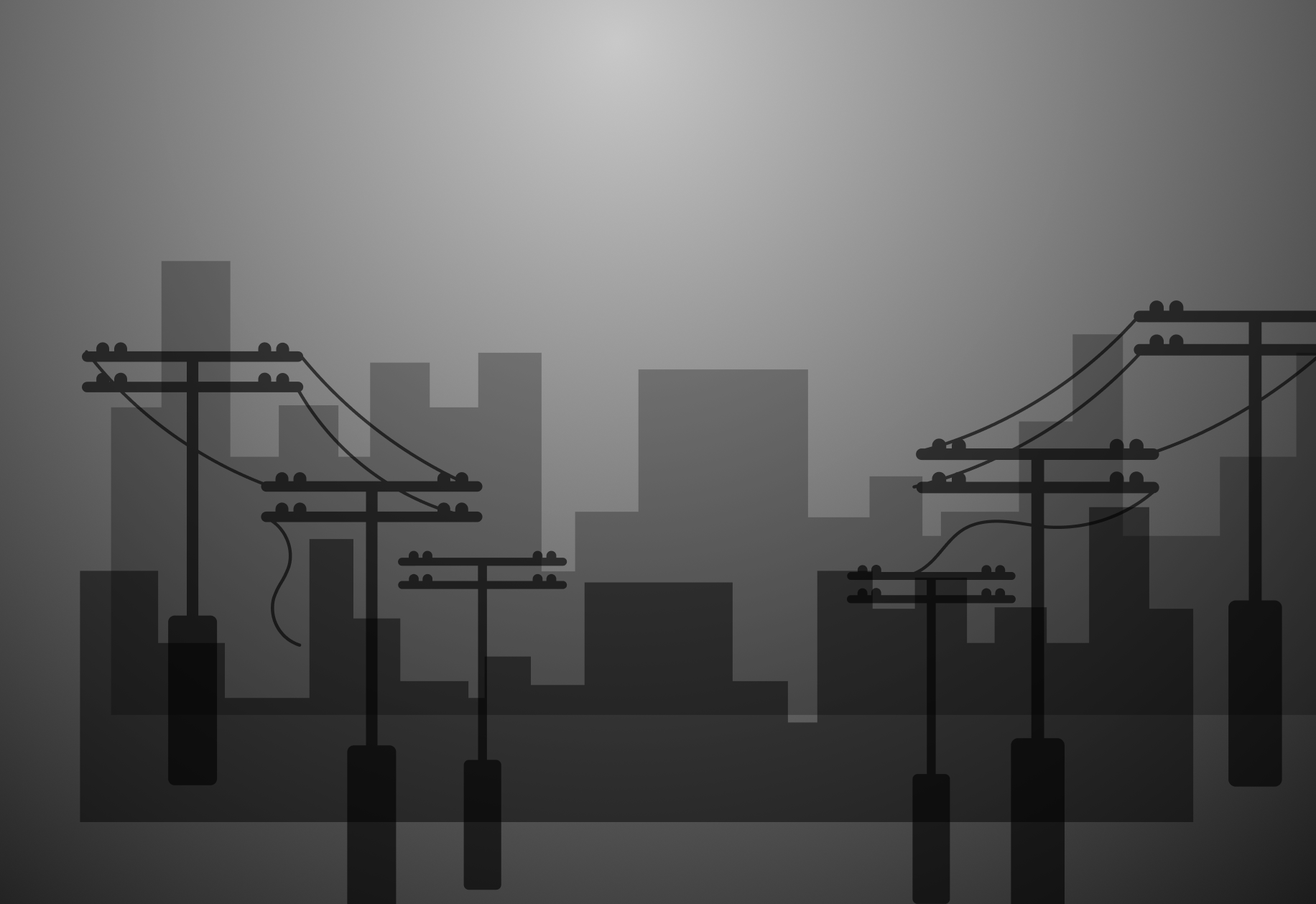Power cables are electrical conductors used to transmit and distribute electrical energy from one point to another. They are essential components in both low-, medium-, and high-voltage systems, serving residential, commercial, industrial, and utility-scale power networks.
A typical power cable consists of:
Conductors (usually copper or aluminum)
Insulation layer (such as XLPE or PVC)
Shielding (to control electric fields and reduce interference)
Outer sheath or jacket (for mechanical protection and environmental resistance)
In high-voltage applications, power cables are designed to handle voltages from 10 kV up to 500 kV or more, and are used for underground, submarine, or overhead installations. They must meet strict standards for insulation strength, thermal performance, and long-term durability.
Types of power cables include:
Low-voltage cables (up to 1 kV)
Medium-voltage cables (1–35 kV)
High-voltage cables (above 35 kV)
Extra-high-voltage (EHV) cables (typically above 110 kV)
Power cables are used in a wide range of applications:
Grid and substation connections
Industrial power distribution
Renewable energy (solar and wind farms)
Infrastructure and utilities
Proper selection, installation, and testing of power cables are critical for reliable and safe operation of electrical systems.


